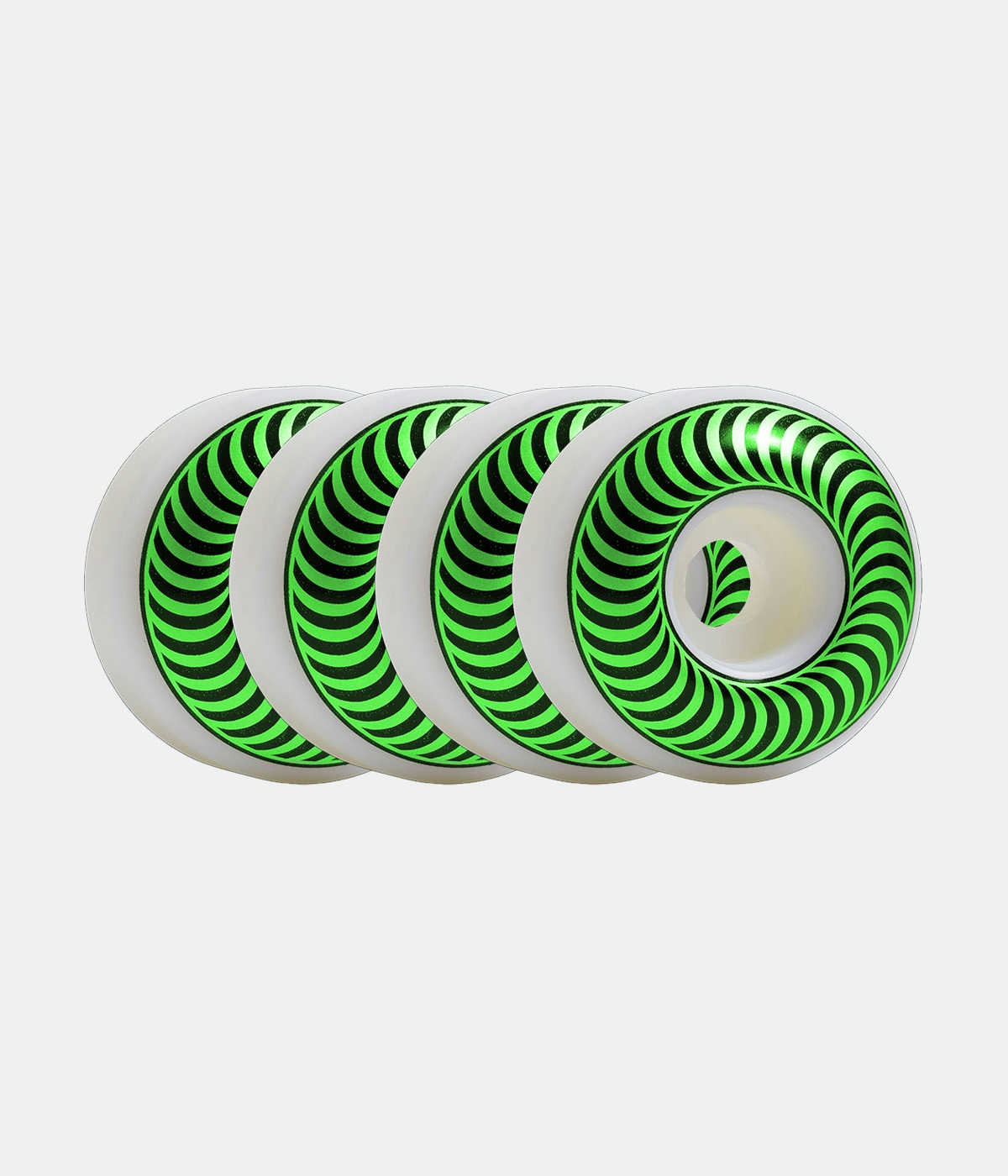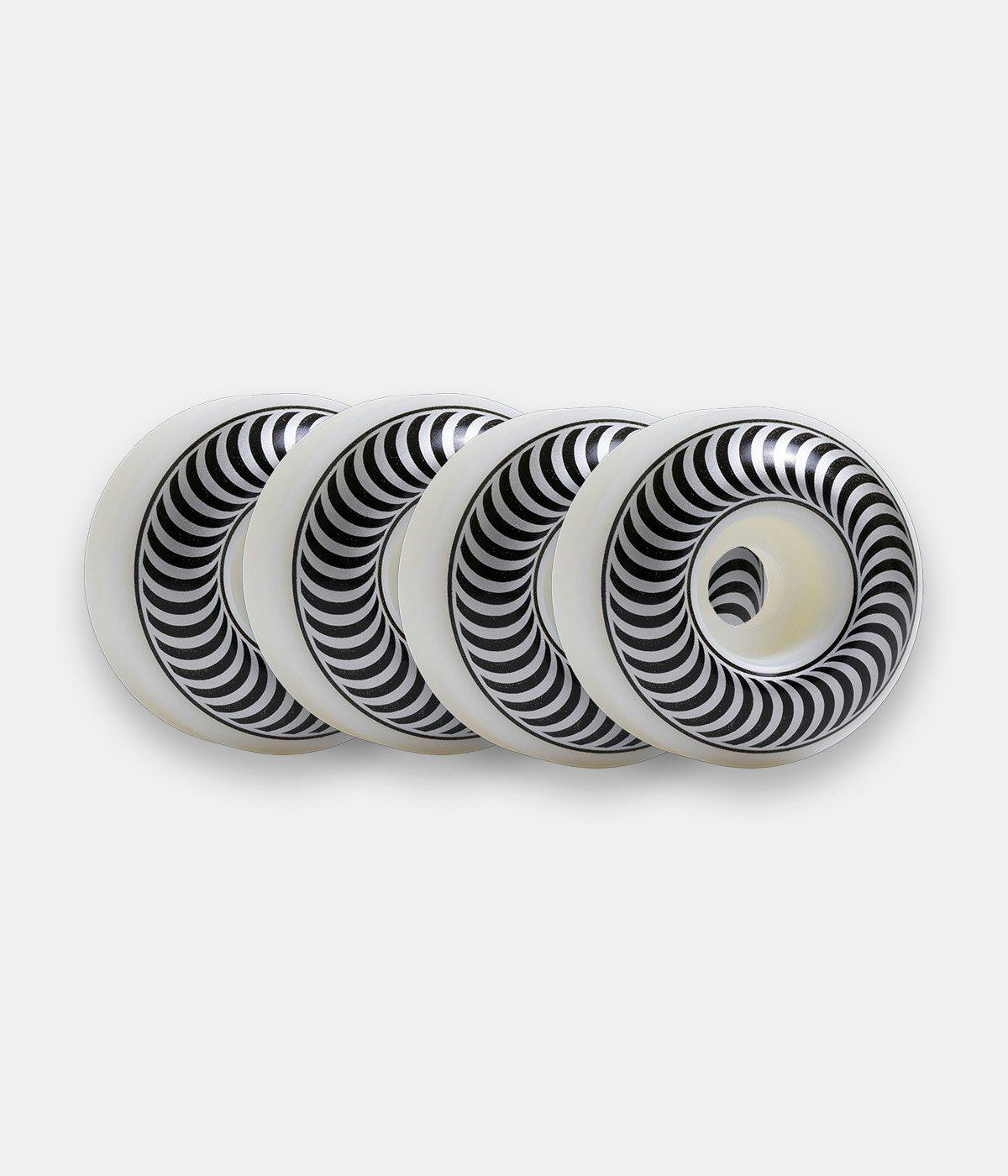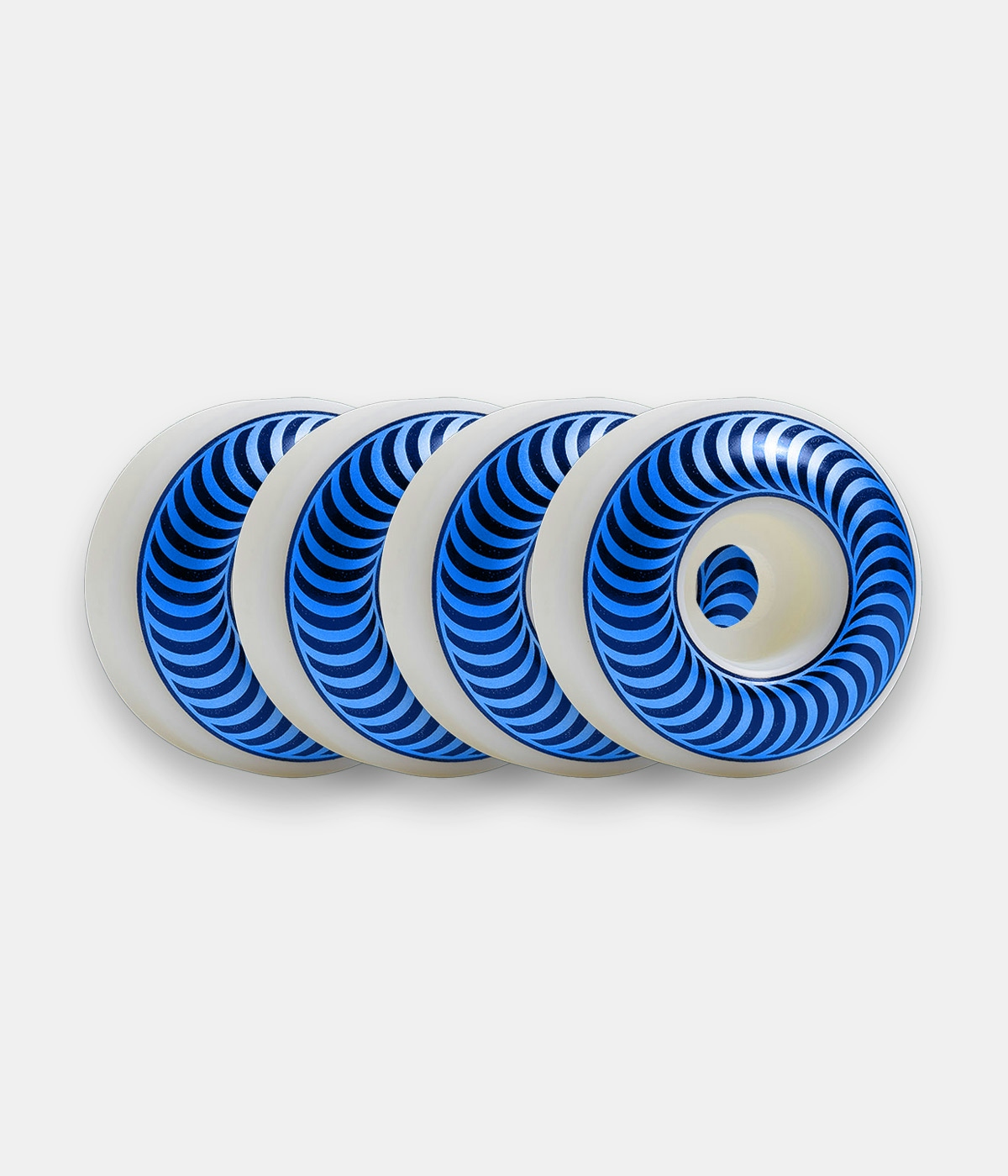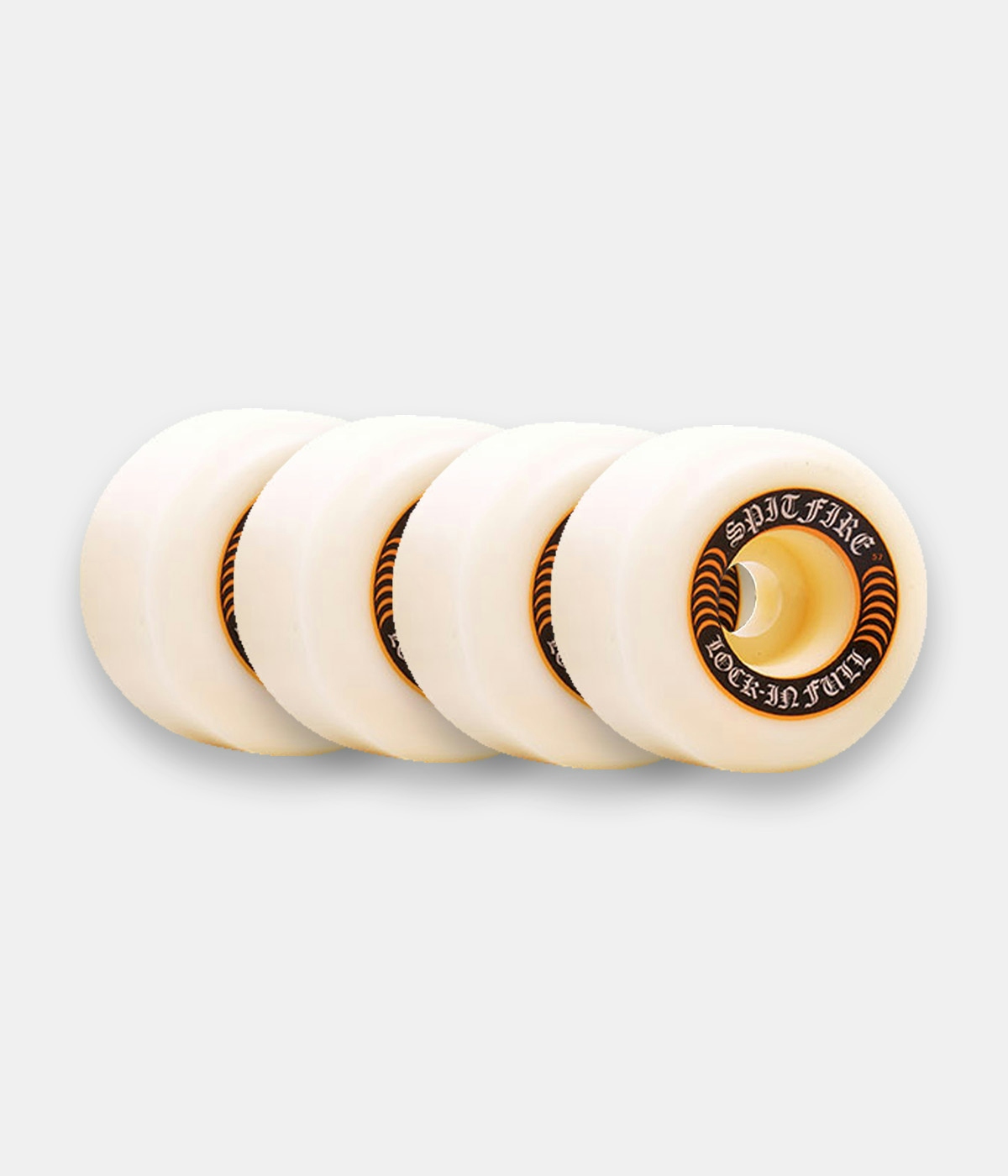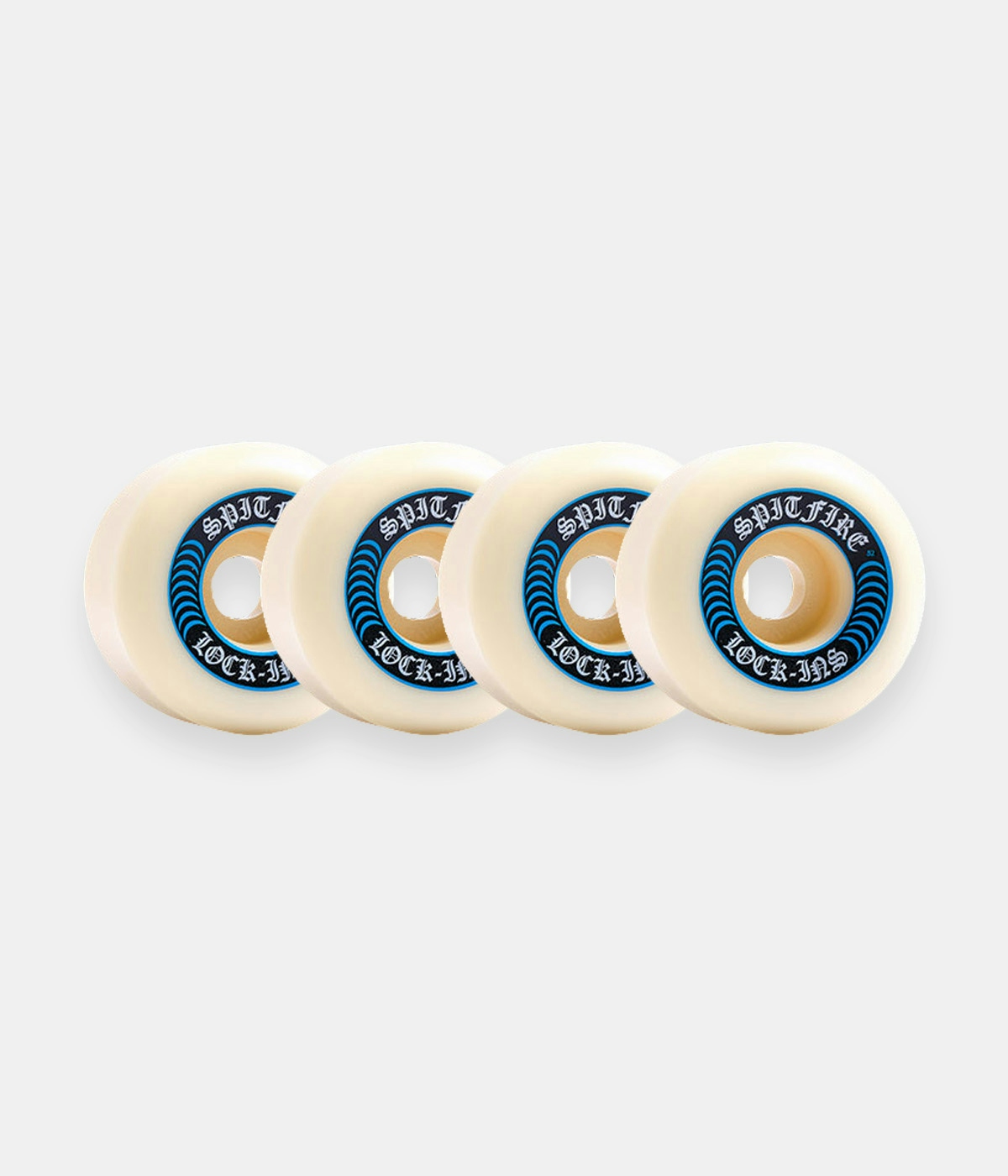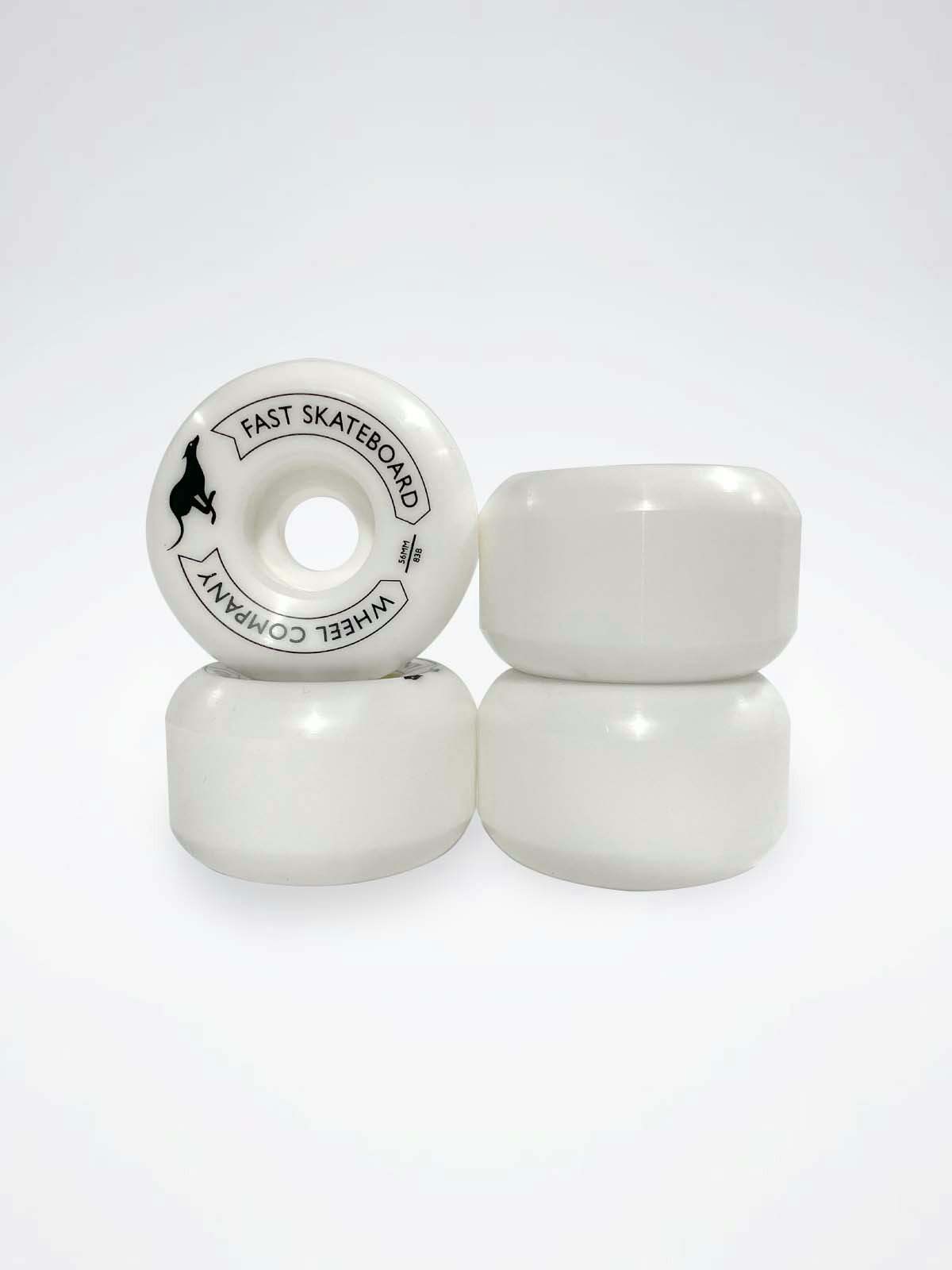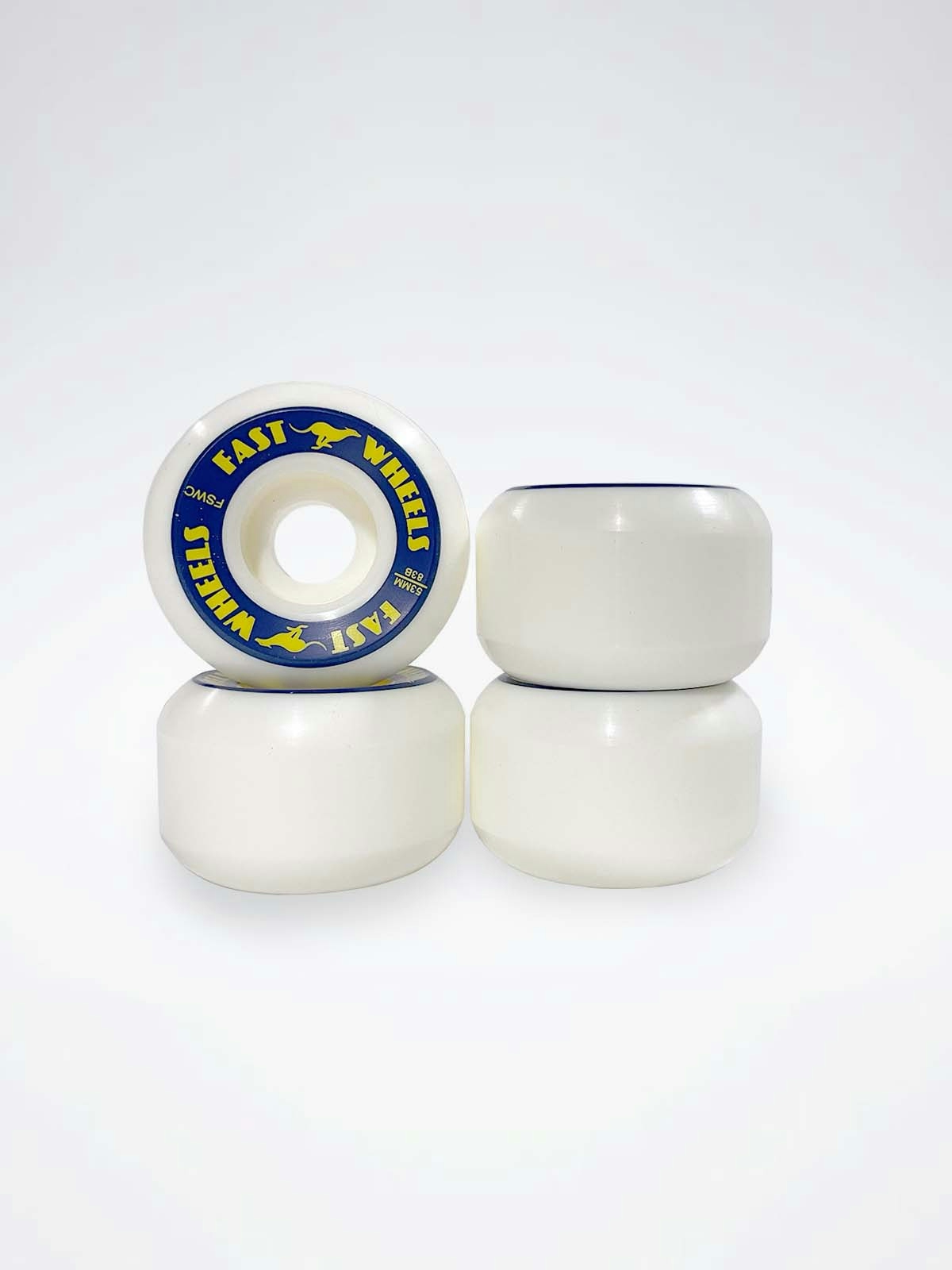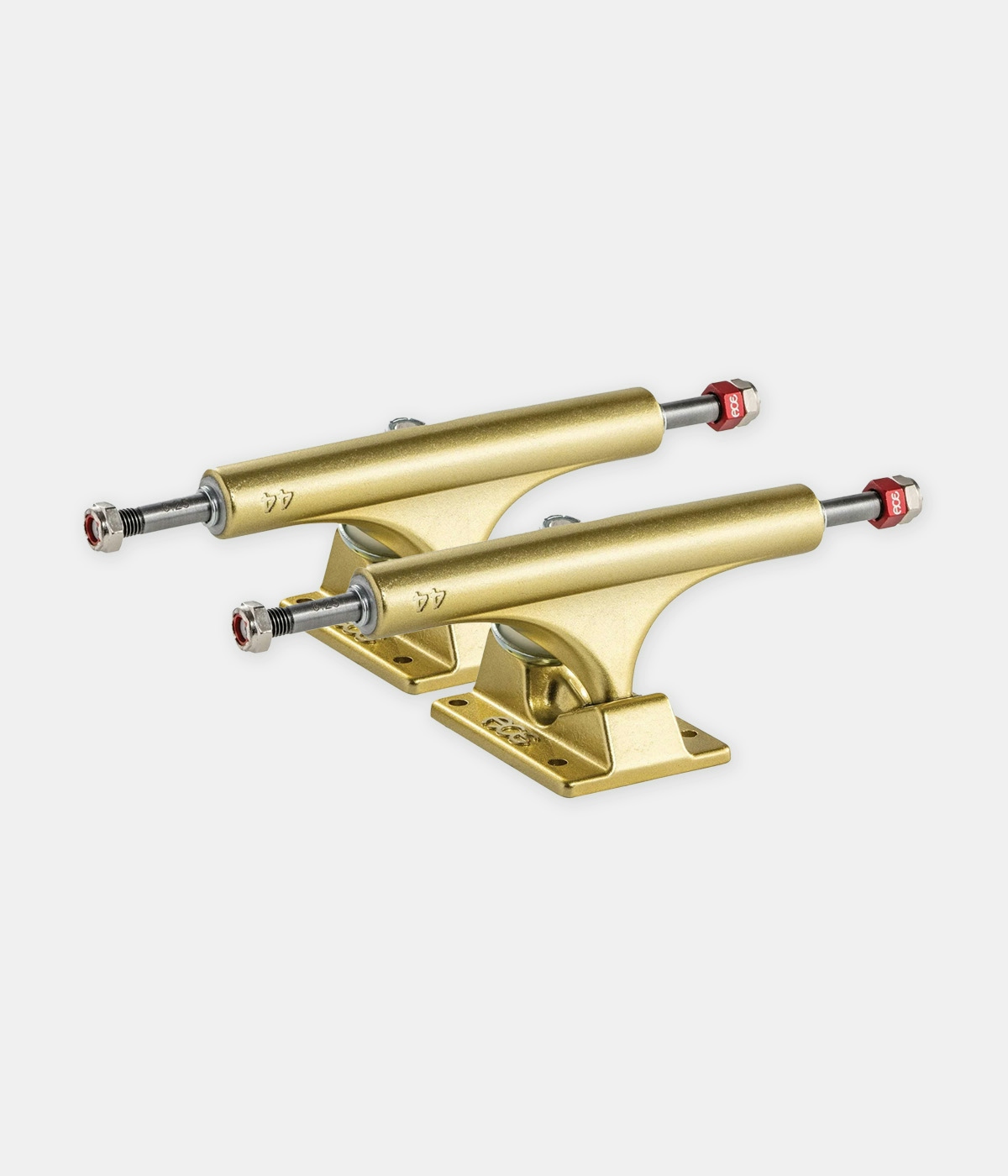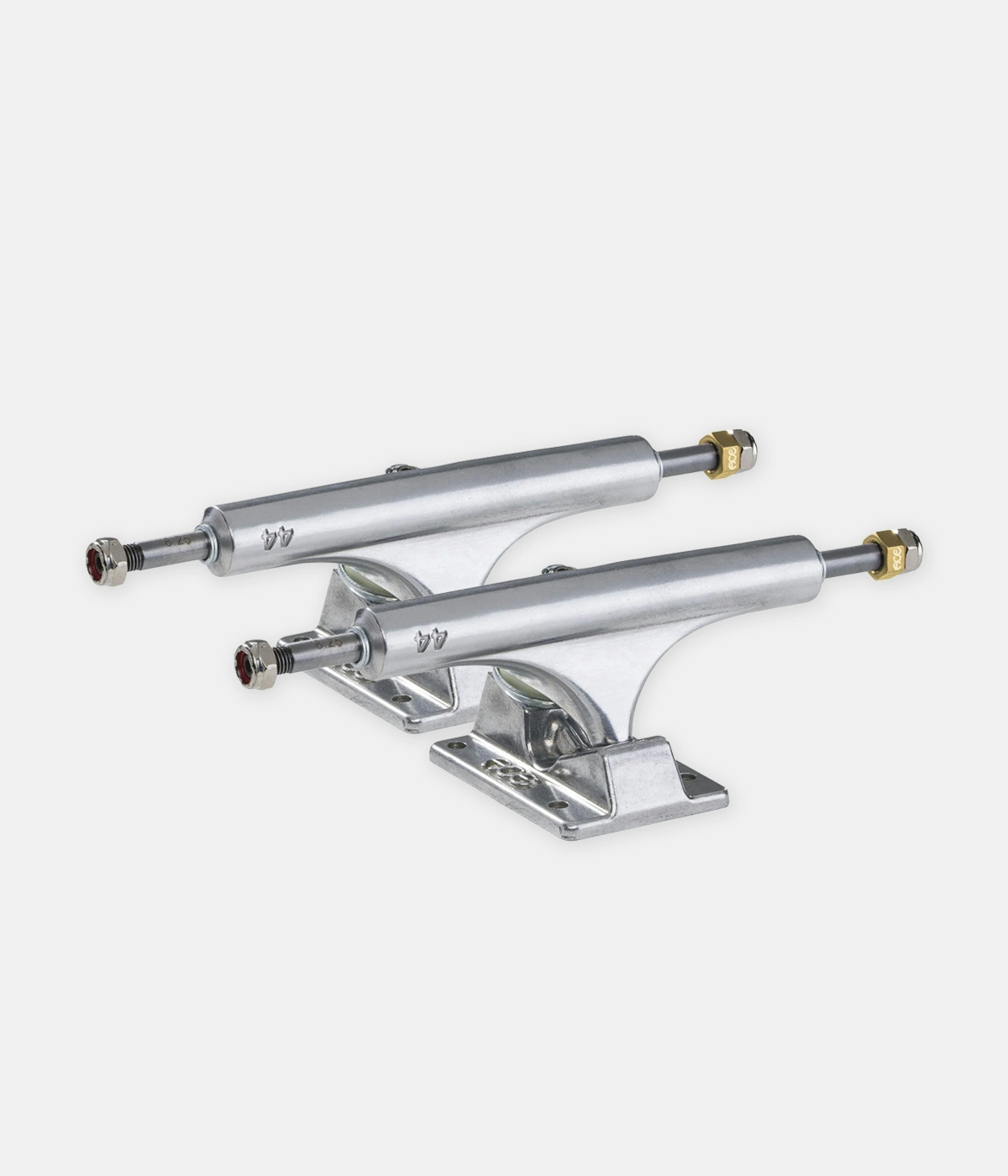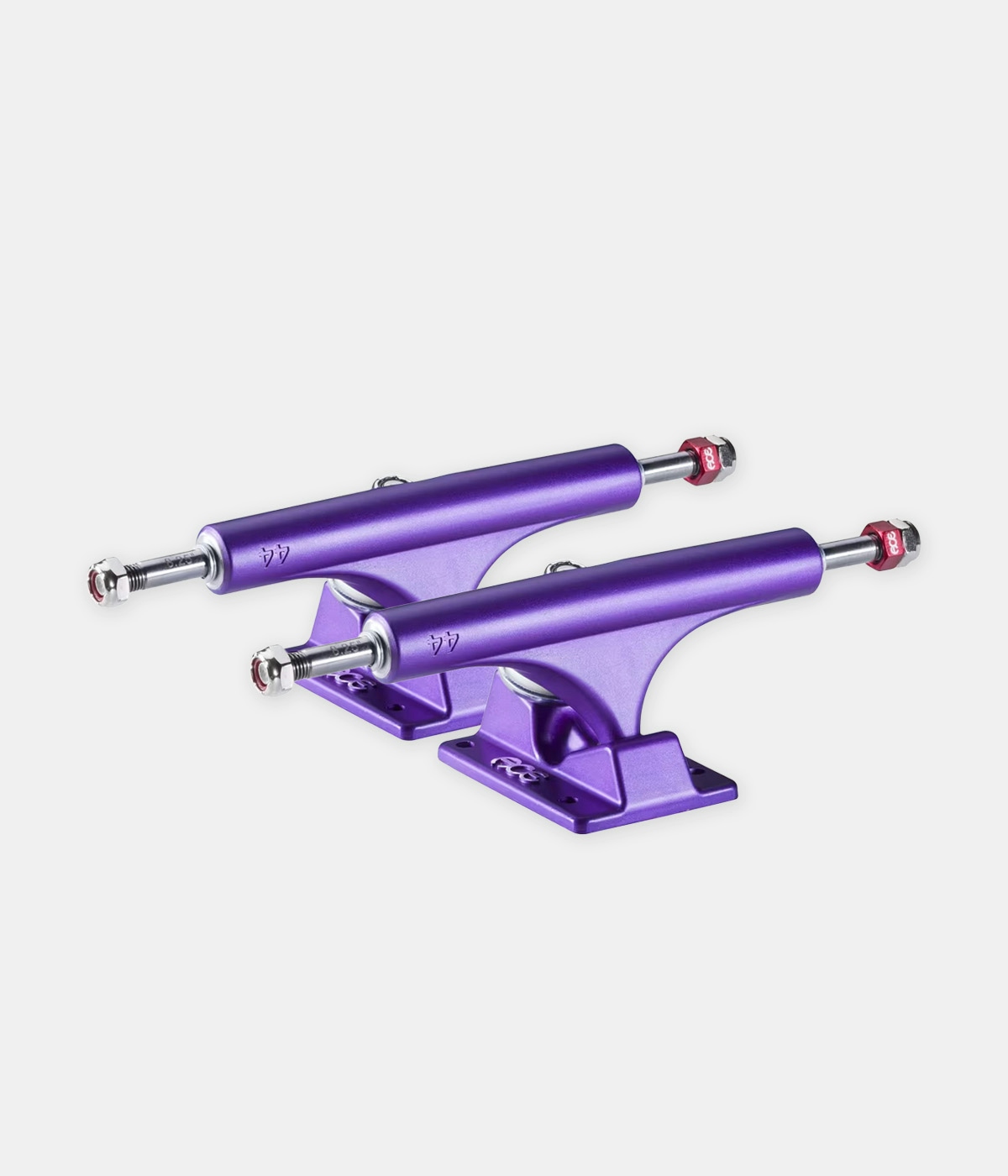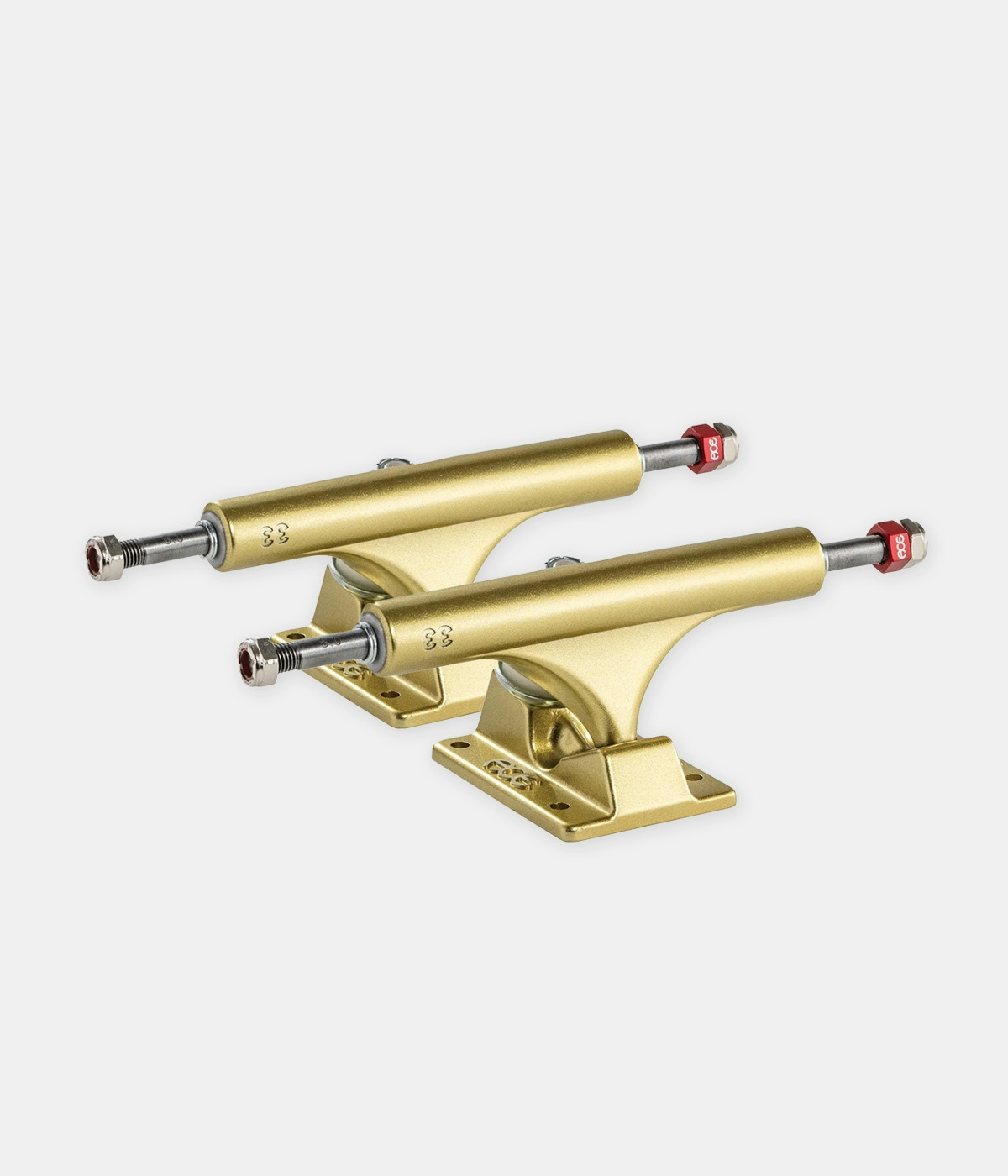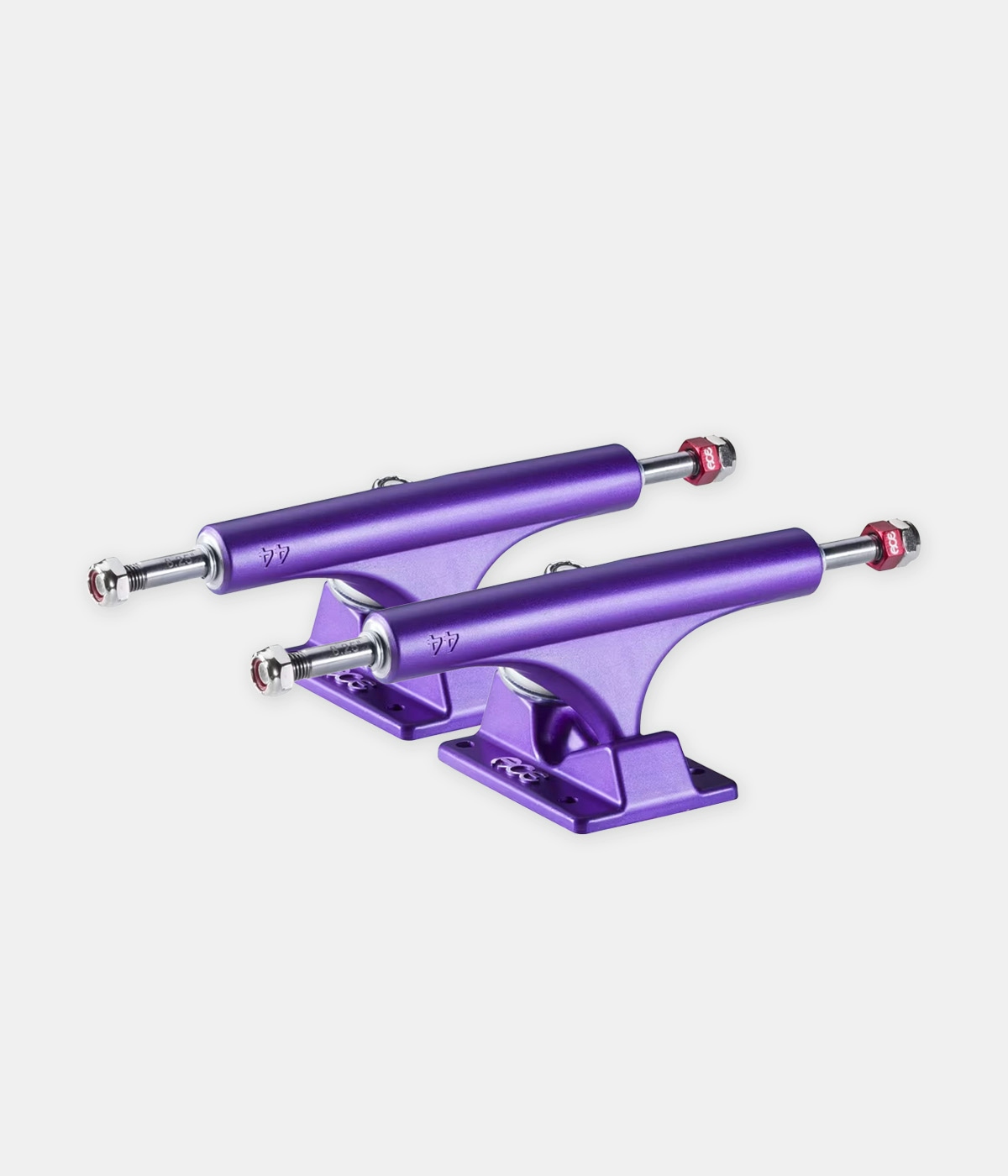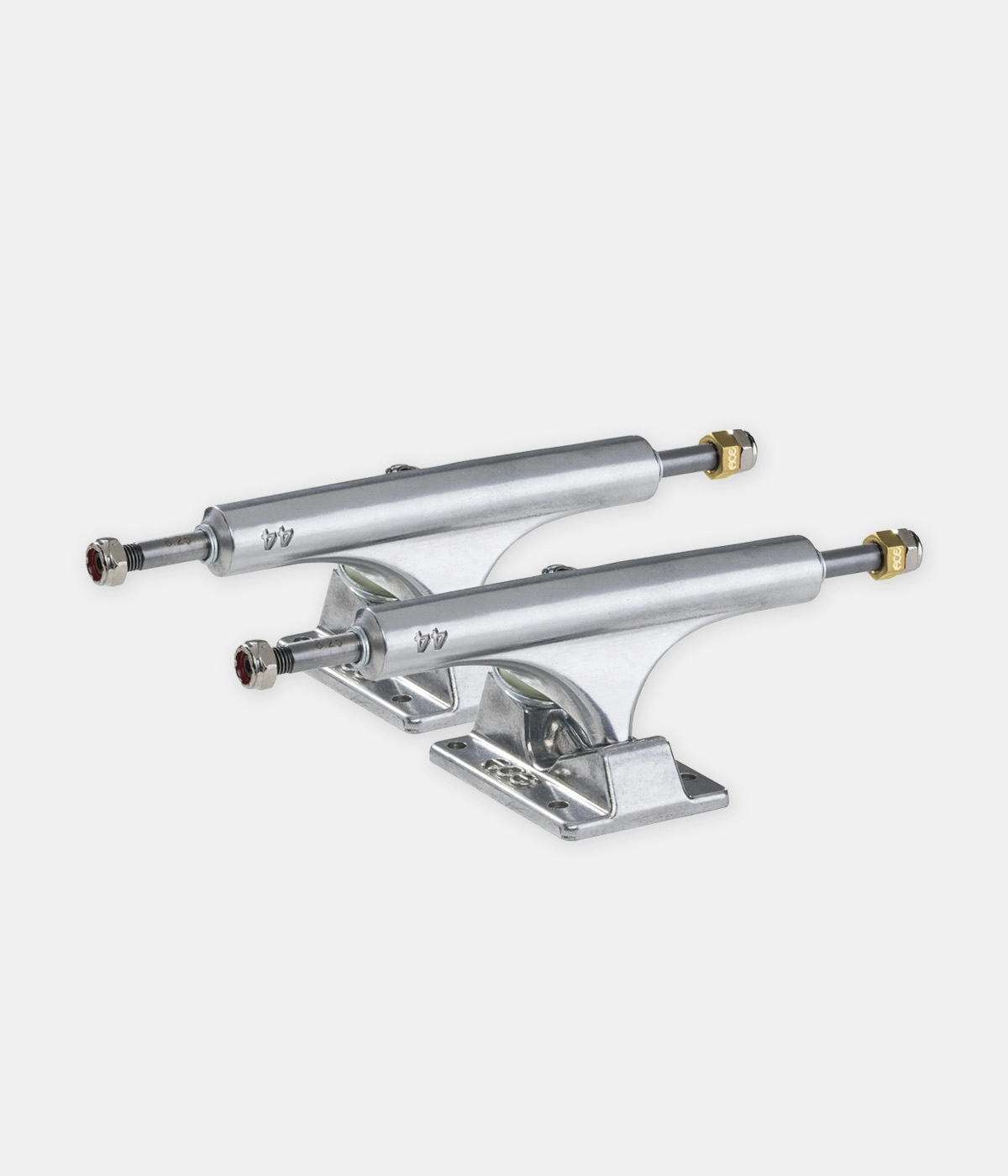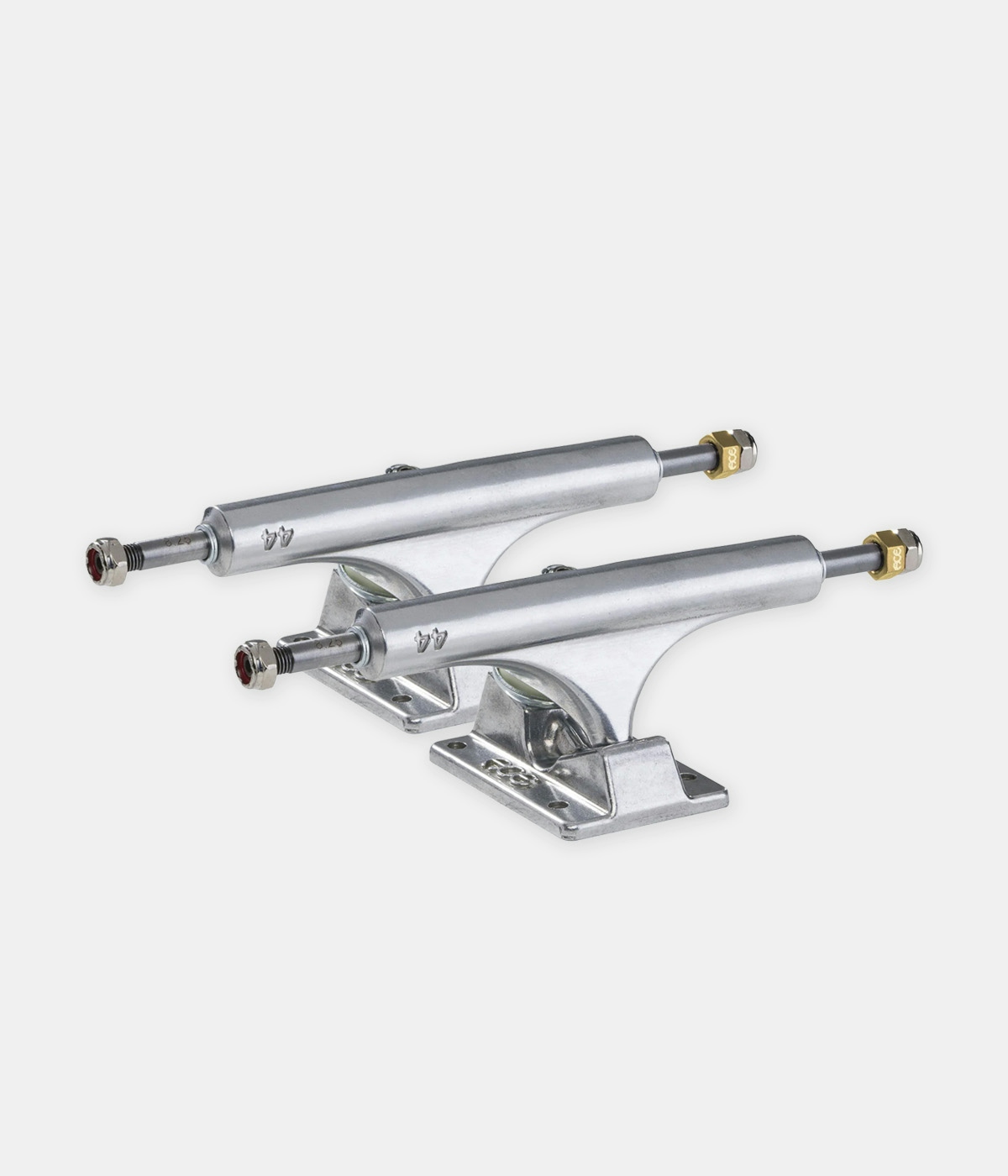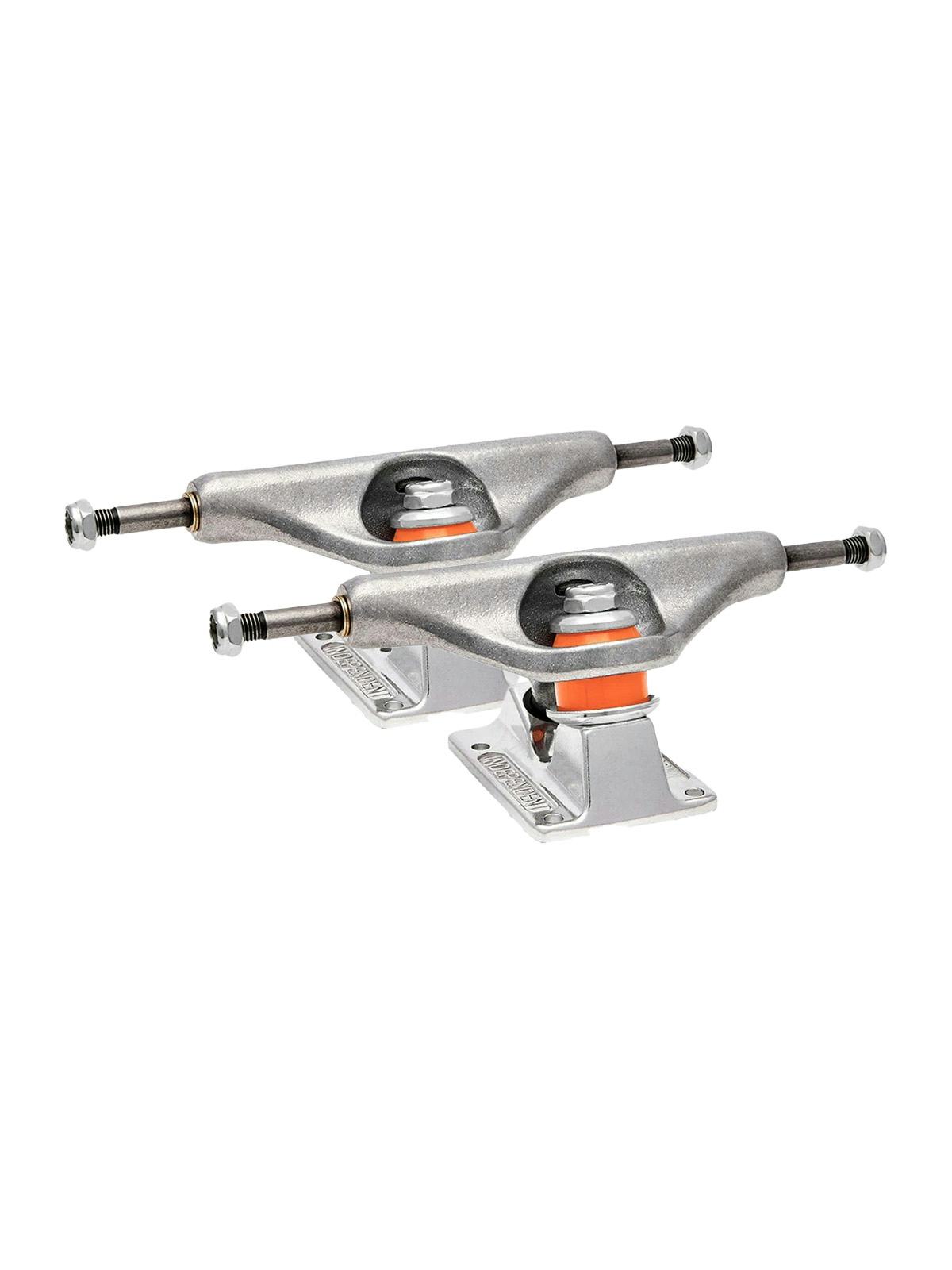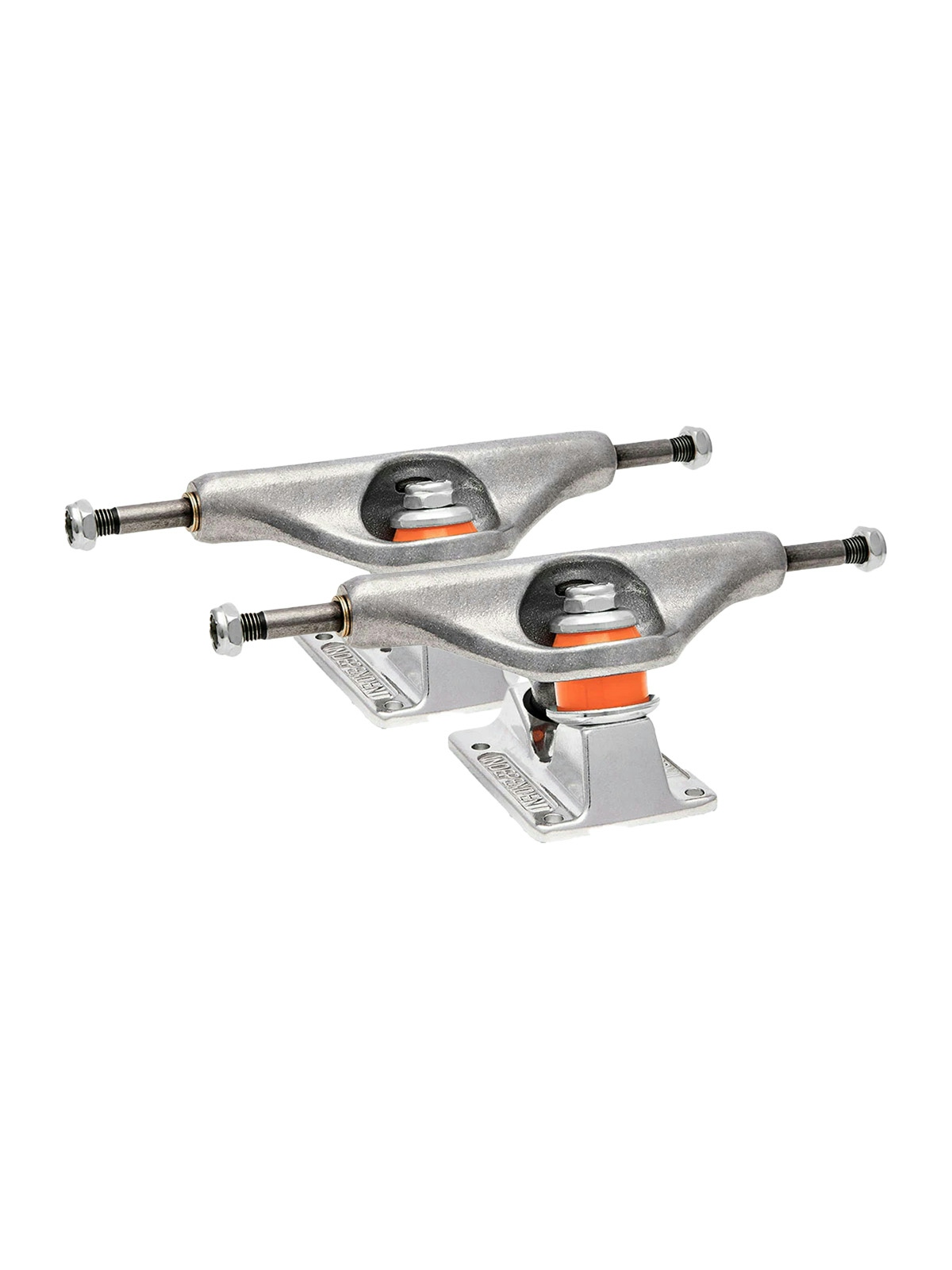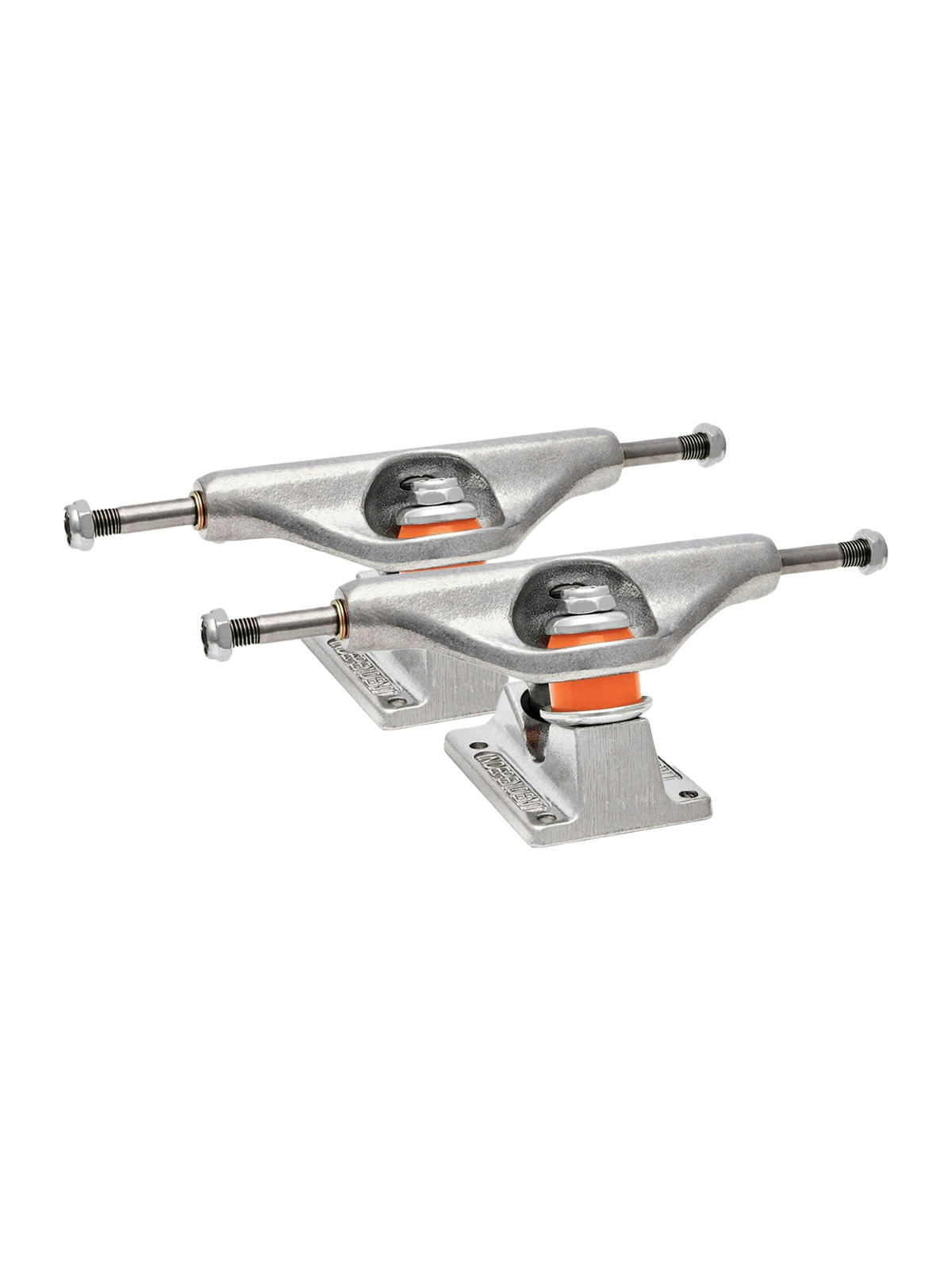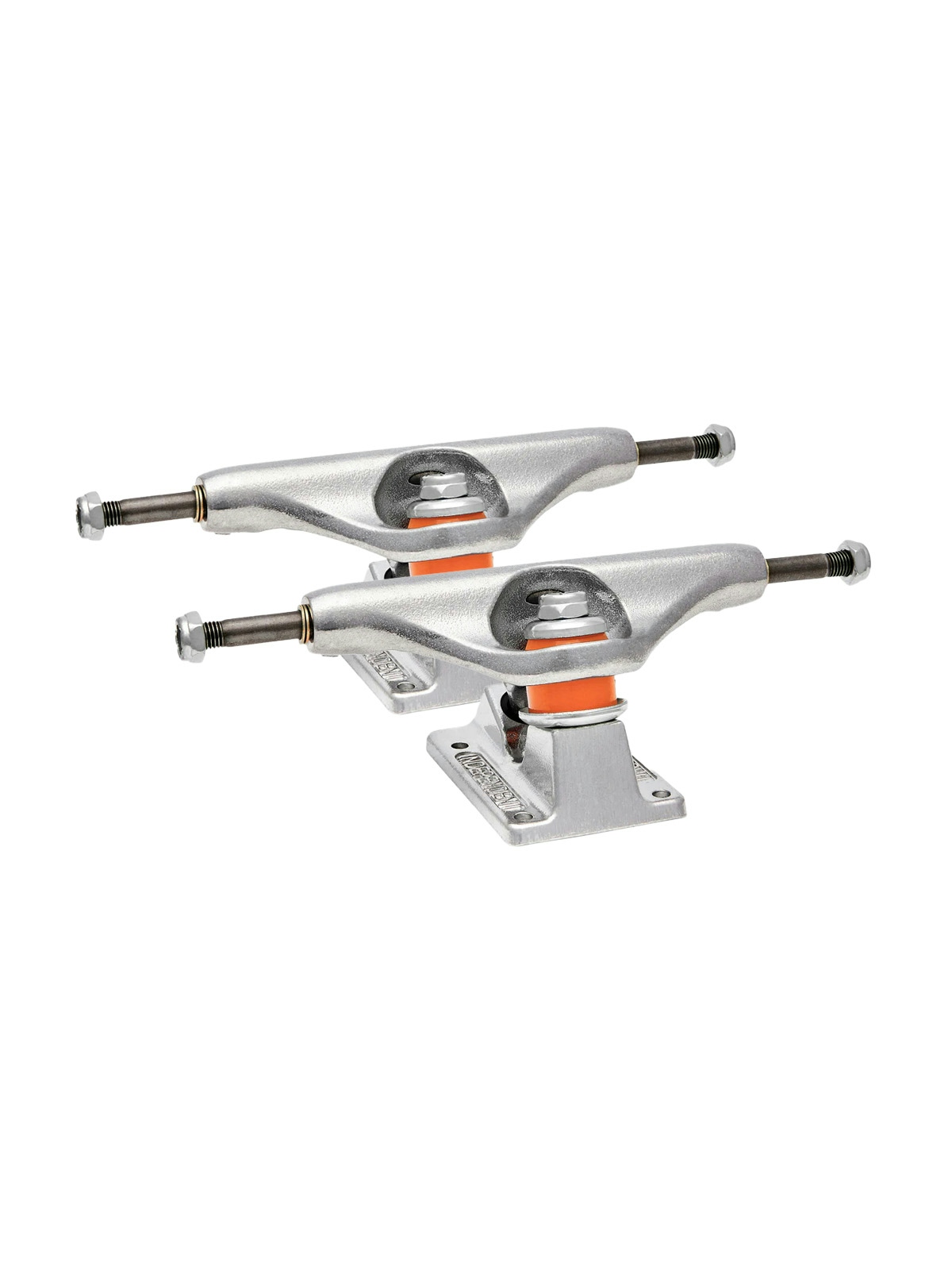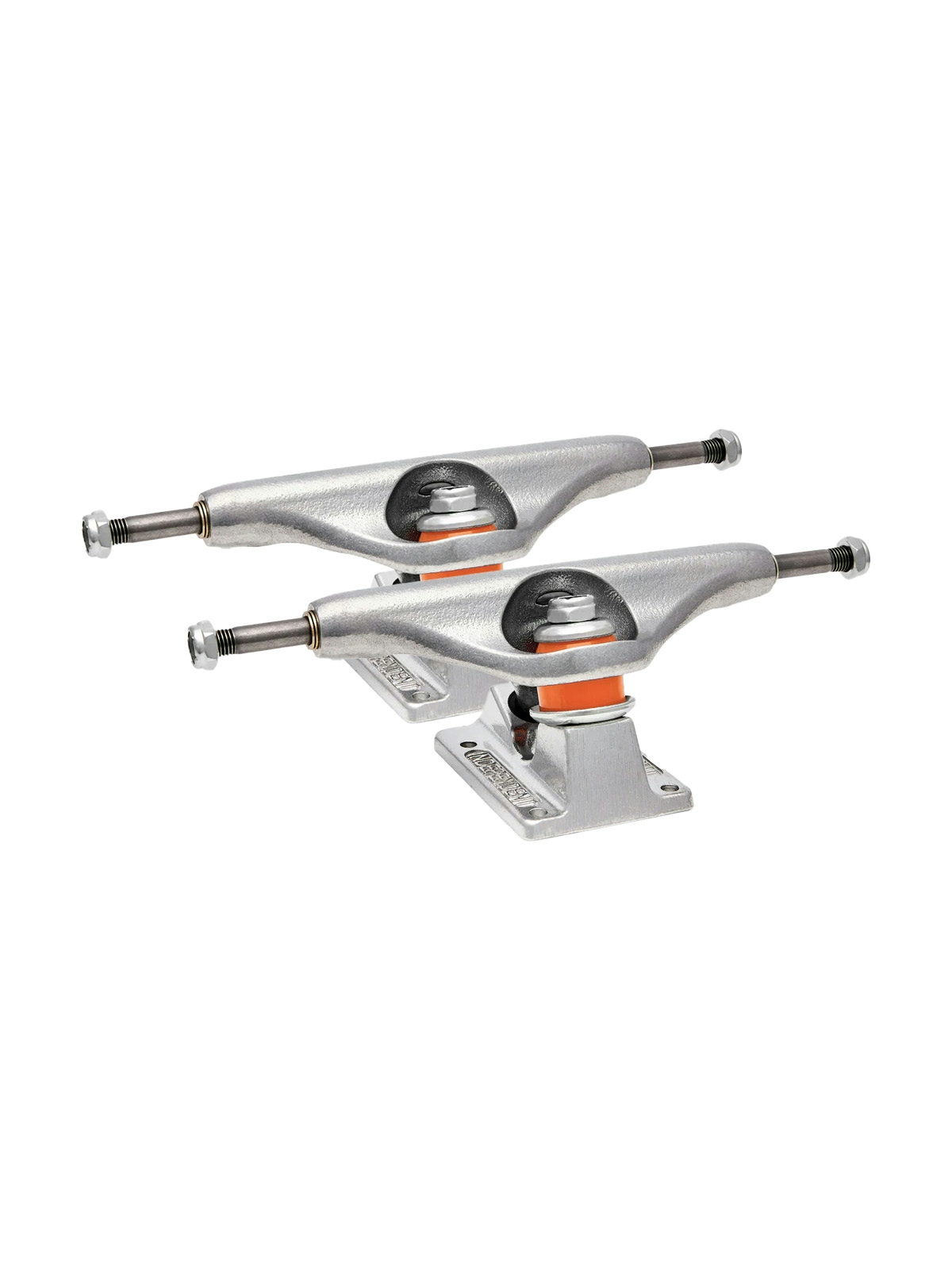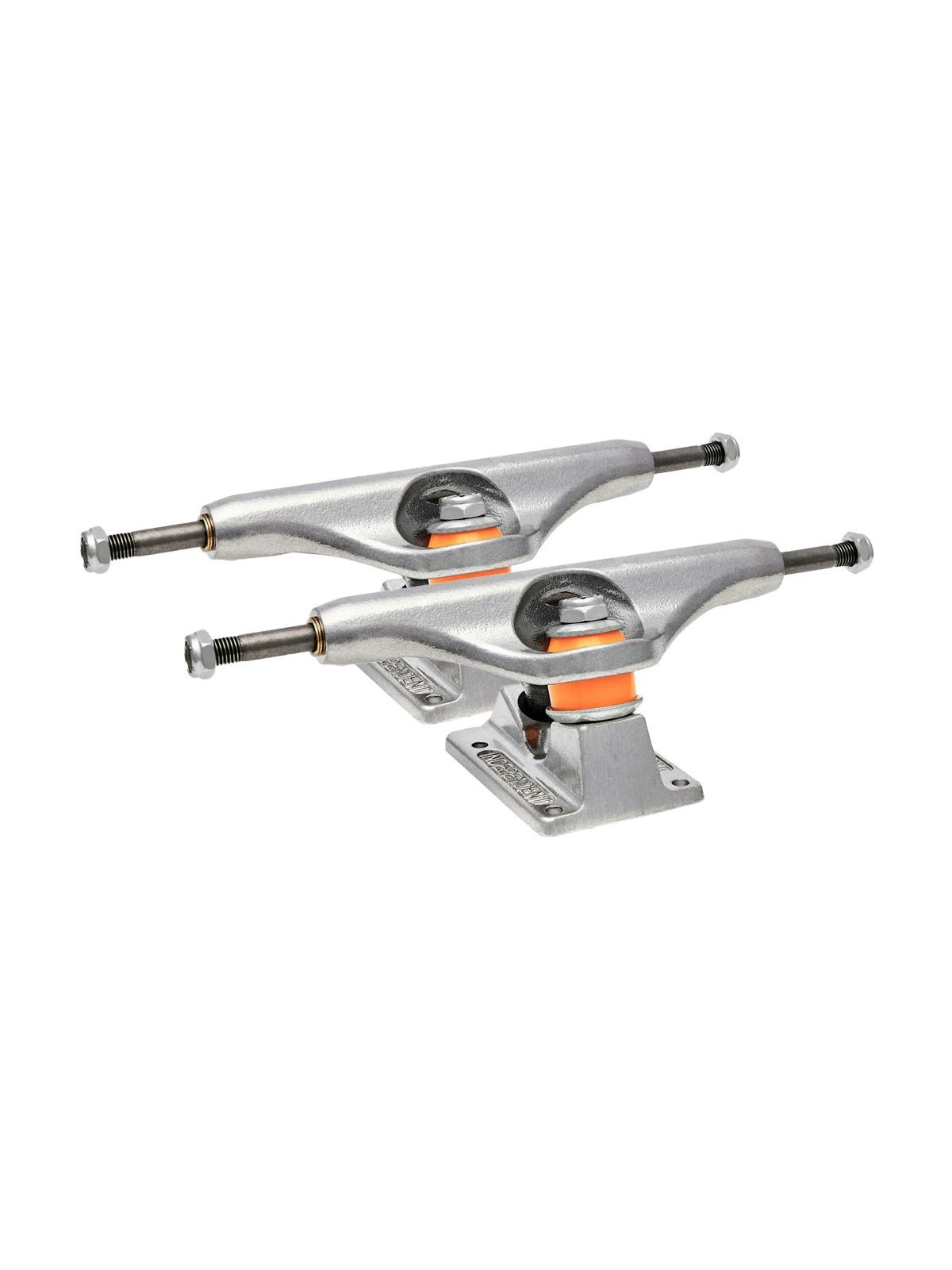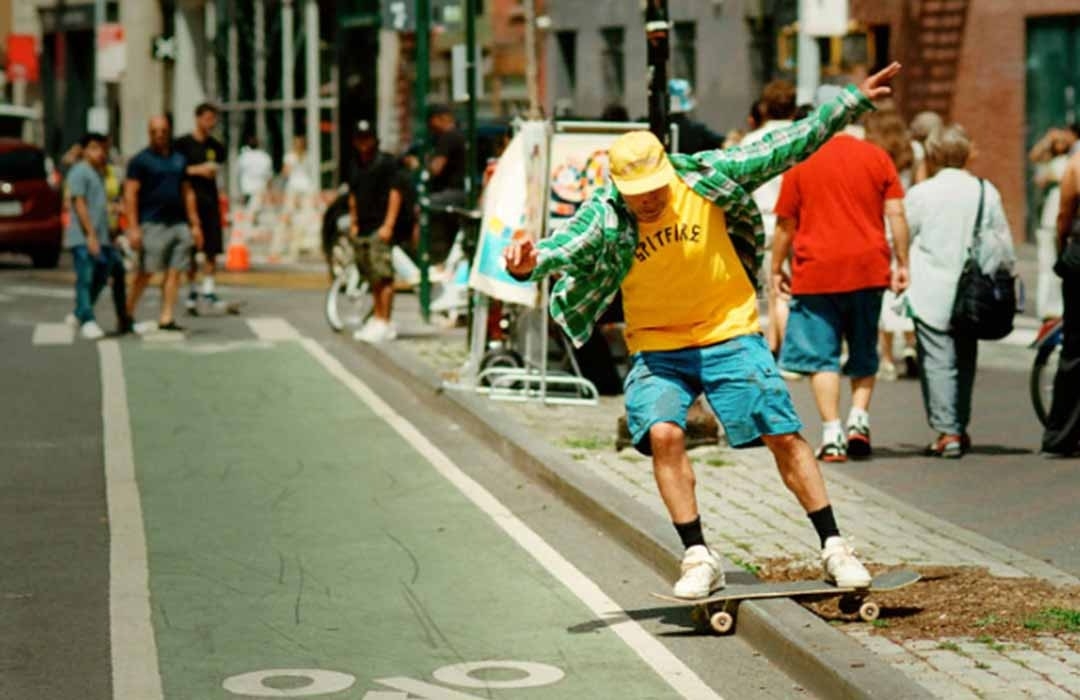

Hey There!
If you're in the market for a new skateboard or just want to upgrade your existing setup, you're in the right place. We're diving into the world of skateboard sizes and gear choices to help you make the best decision for your riding style and preferences.
Prioritize Function Over Looks
Let's get one thing straight from the get-go: when it comes to skateboarding, function should always come before looks. Sure, a snazzy-looking skateboard can catch some eyes, but its true value shines when you hit the pavement. So, let's focus on getting you set up with the right gear to maximize your skateboarding joy, regardless of how cool it appears.
Assess Your Riding Style
Before you dive into the nitty-gritty of skateboard components, take a moment to reflect on how and where you plan to use your skateboard. Are you all about cruising on flat surfaces and mastering those kickflips? Or perhaps you're an adrenaline junkie who loves taking on ramps and downhill thrills? Maybe you want a bit of everything in your skateboarding adventures. Once you've got your riding style dialed in, it's time to start making some decisions. A standard skateboard setup consists of four crucial components: the deck, wheels, trucks, and shoes. Of course, there are additional details like bearings, mounting hardware, grip tape, and clothing, but for now, let's focus on the four main ingredients.
Step 1: The Deck
First things first, let's talk about the deck. This is the heart of your skateboard. It's where you stand, where you perform your tricks, and where you feel that connection with the board. Choosing the right deck is essential for a fulfilling skateboarding experience.
Different common skateboard widths, and what they’re usually used for:
7.5" to 7.75" Decks
Street Skating: These narrower decks are great for technical street skating, flip tricks, and maneuverability. They are preferred by many skaters who focus on tricks like kickflips and ollies.
8.0" to 8.25" Decks
Versatility: Decks in this size range strike a balance between stability and maneuverability. They are suitable for various skateboarding styles, including street skating, park skating, and some transition skating.
8.25" to 8.5" Decks
Transition and Park Skating: Wider decks like these are excellent for vert ramps, skate parks, and transition skating. They offer stability and control when riding at higher speeds and tackling larger obstacles.
8.5" and Above Decks
Vert and Bowl Skating: The widest decks are typically used by vert and bowl skaters who need maximum stability and control. They are designed for riding big ramps and deep bowls.
Youth and Mini Ramp Skating
Mini decks are smaller and lighter, making them suitable for younger skaters or those who prefer smaller setups. They are often used for mini ramp and skate park riding. Mini Decks 7.0" to 7.5".
Various sizes
Cruising and Transportation: Cruiser decks come in various shapes and sizes. They are designed for comfortable, smooth rides, making them ideal for commuting, cruising, or just rolling around town.
Remember, the choice of deck size ultimately depends on your personal preference, style of skating, and body size. It's essential to try different deck sizes to find the one that feels most comfortable and suits your skating goals. Additionally, factors like the wheelbase, concave, and deck shape can also affect how a deck performs, so consider these aspects when choosing your skateboard deck.
Step 2: Wheels for Your Ride
Next up, it's all about those wheels. Your choice of wheels can significantly impact your ride. If you're into flips and tricks, you might prefer one type of wheel, while cruising or downhill enthusiasts may opt for something entirely different. The combination of deck and wheels is crucial, so choose wisely.
Different common wheel sizes and hardness, why and when they’re usually used:
50-53mm Wheels
Street Skating: Smaller wheels in this range (50-52mm) are commonly used for street skating. They offer quicker acceleration and are ideal for technical tricks, flip tricks, and grinding on ledges and rails.
54-59mm Wheels
Versatile All-Around Use: Wheels in this size range strike a balance between street and park skating. They offer a smooth ride on various surfaces and are suitable for both street and skate park sessions.
60-65mm Wheels
Cruising and Transition Skating: Larger wheels like these are great for cruising, commuting, and transitioning between different terrains. They provide a smoother ride on rough surfaces and are often used in skate parks for bowl and vert skating.
66mm and Above Wheels
Downhill and Longboarding: Very large wheels are typically used for downhill skateboarding and longboarding. They provide stability at high speeds and roll over cracks and debris easily.
Soft vs. Hard Wheels
Soft (78A-87A) Wheels
Softer wheels provide more grip and a smoother ride on rough surfaces. They are commonly used for cruising and transportation on city streets.
Hard (99A and Above) Wheels
Harder wheels offer less grip but are ideal for tricks and technical skateboarding on smooth surfaces. They slide more easily, making them suitable for skate park and street skating.
Wheel Durometer
78A-87A: Soft wheels for cruising and transportation.
88A-95A: Slightly harder wheels for a balance of grip and slide.
96A-99A: Medium-hard wheels for versatile use.
100A and Above: Hard wheels for technical skateboarding and sliding.
Ultimately, your choice of skateboard wheel size and durometer should align with your preferred style of skating. If you enjoy a mix of street and park skating, a mid-sized wheel in the 54-59mm range with a durometer that suits your terrain is a good choice. However, it's worth experimenting to find the wheel size and hardness that feels most comfortable and suits your specific skating needs.
Step 3: The Trucks
Trucks are the unsung heroes of skateboarding. They connect your wheels to your deck and influence how your board handles. For a customized riding experience, you'll want to match your trucks to your deck and wheels, ensuring everything works seamlessly.
Different common trucks and sizes, why and when they’re usually used:
129mm to 139mm (5.0" to 5.4") Trucks
Deck Width: 7.5" to 8"
Use: These narrower trucks are suitable for smaller deck sizes and are commonly used for street skating and technical tricks. They provide more precise control and responsiveness.
139mm to 149mm (5.4" to 5.9") Trucks
Deck Width: 8" to 8.38"
Use: These are versatile trucks that can accommodate a wide range of deck sizes. They are suitable for both street and park skating, offering a balance of stability and maneuverability.
149mm to 159mm (5.9" to 6.3") Trucks
Deck Width: 8.38" to 8.75"
Use: Wider trucks like these are excellent for larger decks and provide stability for park and transition skating. They are popular among skaters who enjoy ramps, bowls, and vert skating.
160mm and Above (6.3" and above) Trucks
Deck Width: 8.75" and above
Use: Extra-wide trucks are used for very large decks, such as longboards and cruiser boards. They offer enhanced stability for downhill riding and cruising.
High vs. Low Trucks:
High Trucks
These trucks have a higher profile and are suitable for larger wheels. They provide more clearance for preventing wheel bite, making them ideal for larger wheels and cruising.
Low Trucks
Lower trucks are closer to the deck and are preferred by street skaters and those who want a lower center of gravity for stability during tricks. They are often used with smaller wheels.
Remember, the choice of truck size should match your deck width. It's essential to select trucks that align with your preferred style of skating. For street skating and technical tricks, opt for trucks that match the width of your deck. For versatility, trucks in the 139mm to 149mm range work well with a broad range of deck sizes. If you're into transition or vert skating, consider wider trucks for added stability. Additionally, consider the truck height based on your wheel size and desired clearance to avoid wheel bite.
Step 4: The Right Pair of Shoes
Last but certainly not least, let's talk about your shoes. Skateboarding demands footwear that offers comfort, grip, and control. The right pair of shoes can make a world of difference in your performance and overall skateboarding experience.
Here are some different shoe types used for skateboarding:
Vulcanized Skate Shoes
Use: These shoes are popular among street skaters and those who focus on technical tricks. Vulcanized shoes offer excellent board feel and control, making them ideal for flip tricks, kickflips, and precise maneuvers.
Cupsole Skate Shoes
Use: Cupsole shoes are known for their durability and impact protection. They are favored by skaters who skate in skate parks, ramps, and on rough terrain. Cupsole shoes provide superior cushioning and support for jumps and landings.
Low-Top Skate Shoes
Use: Low-top shoes offer a wide range of motion for ankle flexibility, making them suitable for technical street skating. They are also preferred by skaters who appreciate a lighter and more breathable design.
High-Top Skate Shoes
Use: High-top shoes provide extra ankle support and stability, making them a choice for vert and transition skaters who need to maintain balance while tackling larger ramps and bowls. They also offer some protection against ankle injuries.
Skate Shoes with Thick Padding
Use: Shoes with extra padding, often found in the tongue and collar, are designed for impact protection. They are favored by skaters who perform high-impact tricks, jump down stairs, or skate on rough surfaces.
Skate Shoes with Durable Toe Caps
Use: Shoes with reinforced toe caps are built to withstand repeated flicks and scrapes during flip tricks. They are popular among street skaters who focus on kickflips, heelflips, and other tricks that involve the toe area.
Grippy Outsole Skate Shoes
Use: The outsole of skate shoes is essential for grip on the skateboard deck. Shoes with a grippy outsole provide better traction, ensuring your feet stay firmly planted on the board, especially during tricks and slides.
Breathable Skate Shoes
Use: Breathable shoes are ideal for keeping your feet cool and comfortable during long skate sessions. They are appreciated by skaters in hot climates or those who tend to sweat a lot.
Classic Skate Brands
Use: Many skateboarders prefer shoes from well-known skate brands like Vans, New Balance Numeric, Emerica, Nike SB, and Adidas Skateboarding. These brands have a history of producing quality skate shoes tailored to various skating styles and preferences.
The choice of skateboard shoes ultimately depends on your skating style, preferences, and the type of terrain you skate on most frequently. It's essential to select shoes that provide the right balance of comfort, grip, and protection for your specific needs. Additionally, always ensure that your shoes fit well to prevent discomfort and potential injuries while skating.
Selected Shoes
Keep in Mind
Now, here's the most crucial thing to remember throughout this process: there are no strict rules in skateboarding. Every skater has their unique physique, technique, and personal taste. What works for one rider might not work for another. That's the beauty of skateboarding; it's an individual journey to the core, and you're the captain of your ship.
For instance, some skaters with small feet find it easier to handle wider, flatter decks, while taller riders may feel more comfortable and in control with narrower boards. The only way to find out what suits you best is through trial and error.
Skateboarding is all about embracing your uniqueness and finding the board that feels like an extension of yourself.
As you progress in your skateboarding journey, your preferences may change. You might find yourself gravitating towards specific terrains or tricks, leading to shifts in your board preferences. That's perfectly normal and part of the exciting evolution that is skateboarding.
In conclusion, selecting the right skateboard gear boils down to understanding your riding style, experimenting with different setups, and embracing the individuality that makes skateboarding such an exhilarating sport.
So, get out there, try out various combinations, and remember, it's not just about how your skateboard looks; it's about how it makes you feel on those wheels.
Happy shredding!
Bearings & Hardware
Pre-Assembled Skateboard
Purchasing a pre-assembled skateboard offers convenience and quality assurance. It's ready to use immediately, saving time and effort. Designed by professionals, these skateboards ensure well-matched components for a smoother ride, ideal for beginners. Additionally, pre-assembled options are often more cost-effective, providing better value than buying individual parts. This hassle-free choice lets riders focus on enjoying and mastering skateboarding.































